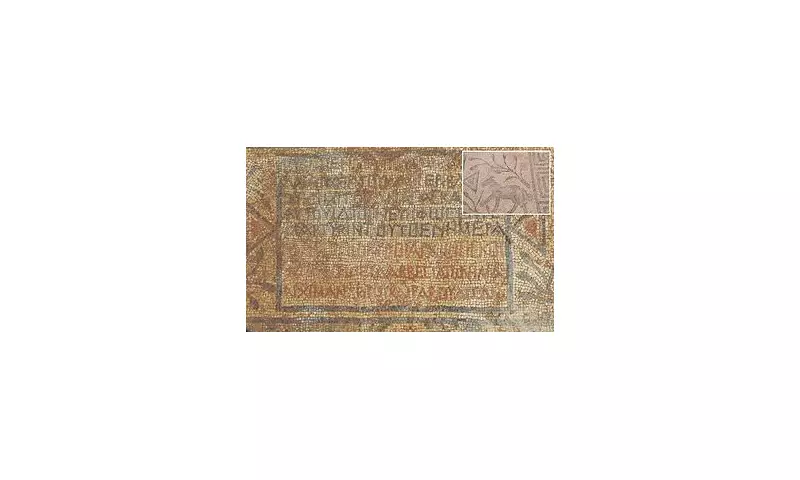
Archaeologists in Turkey have made a spectacular discovery, unearthing a pristine 1,500-year-old Christian floor mosaic that offers a remarkable window into early biblical traditions and worship practices.
A Window into Early Christian Worship
The intricate mosaic was uncovered during the final stage of the 2025 excavations at Urfa Castle, a site of profound historical significance. Constructed between 460 and 495 AD, the artwork is composed of tiny black, red, and white stones forming an elaborate early Christian design.
Professor Gulriz Kozbe, Excavation Director and a faculty member at Batman University, informed the state-run Anadolu Agency that initial examinations suggest the floor belonged to either a church, a chapel, or a martyrium—a shrine dedicated to a martyr.
Symbolism and Sacred Inscriptions
The mosaic's imagery powerfully reflects biblical themes. It features a rich array of animals and plants, directly recalling God's creation narrative in the book of Genesis. The artwork also incorporates representations of the four classical elements—air, water, earth, and fire—symbolising the divine harmony and order of the world as described in Scripture.
Perhaps even more telling are the inscriptions found alongside this natural imagery. A Greek inscription, framed in a Byzantine epigraphic style, reveals the mosaic was commissioned 'for the protection of Count Anakas and his family'. Crucially, it names specific church officials: Bishop Kyros of the region, head priest Elyas (Ilyas), and deacon Rabulus.
Professor Kozbe noted the discovery of medallion-shaped mosaics in one corner, likely representing cosmic elements and probably originally placed at all four corners of the floor. 'This provides important clues about religious practices,' she stated, adding that more research is needed for definitive conclusions.
Connecting Archaeology to Spiritual Life
The excavation also revealed at least three burials of religious officials at the site, directly connecting the archaeology to organised religious life shaped by biblical teachings. 'Similar to the rock-cut tombs we found both on the southern slope of the castle and in the Kizilkoyun necropolis, we see evidence of burials here,' Kozbe explained, noting work on these will continue next year.
This discovery profoundly reinforces the religious significance of Urfa, a city traditionally believed to be the birthplace of Abraham, the forefather of the Jewish people and a central Old Testament figure. The presence of this Christian mosaic highlights how early believers in the area actively preserved biblical traditions, honouring sacred sites while incorporating familiar Old Testament symbolism into their worship.
'This is an important discovery,' Professor Kozbe affirmed. 'Similar floor examples exist in the southeast and other regions of Anatolia. These names provide important clues about who held religious responsibility in this area and about the religious practices and rituals of the elite class, including a local commander.'





